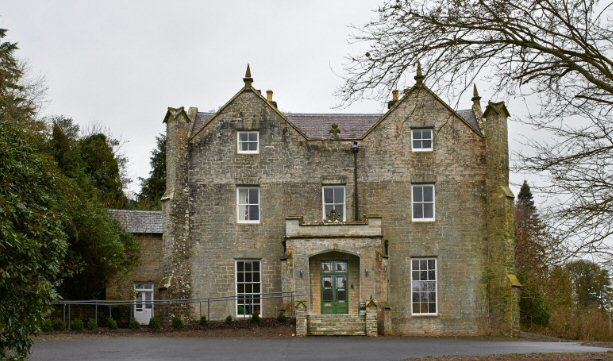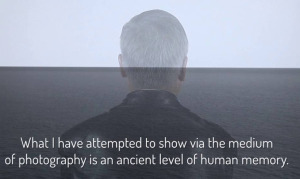
“My photographs sold for a good price. All of a sudden I became rich. How to use the money? I decided to make another kind of art. I bought land, antiques. I didn’t change what I eat. I just kept buying things I like.” – Hiroshi Sugimoto. The result the Odawara Art Foundation. The Enoura Observatory is the arts and cultural facility which includes a gallery, astronomical observation spaces, a tearoom and an outdoor Roman-inspired stone amphitheater with a glass stage. Sugimoto spoke about the Odawara Art Foundation at Japan Society on Friday night. “Most museums are so badly designed. I studied. I learned. I gained the skill. I wanted to design the buildings myself. I was told I could not, because I wasn’t a licensed architect. In 2008, I founded New Material Research Laboratory, my architecture office. We have 8 licensed archtiects.” – Sugimoto
Sugimoto spoke about the Odawara Art Foundation at Japan Society on Friday night. “Most museums are so badly designed. I studied. I learned. I gained the skill. I wanted to design the buildings myself. I was told I could not, because I wasn’t a licensed architect. In 2008, I founded New Material Research Laboratory, my architecture office. We have 8 licensed archtiects.” – Sugimoto
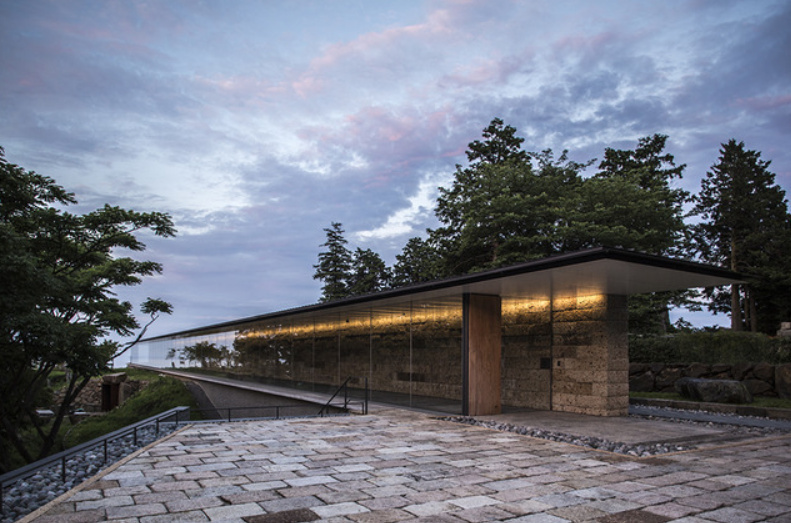 The roof this building is cantilevered from the stone wall: the building is 100 meters long and is oriented to frame the sun at summer solstice. (June 21) – the glass is free-standing.
The roof this building is cantilevered from the stone wall: the building is 100 meters long and is oriented to frame the sun at summer solstice. (June 21) – the glass is free-standing.

Winter Solstice at the tunnel
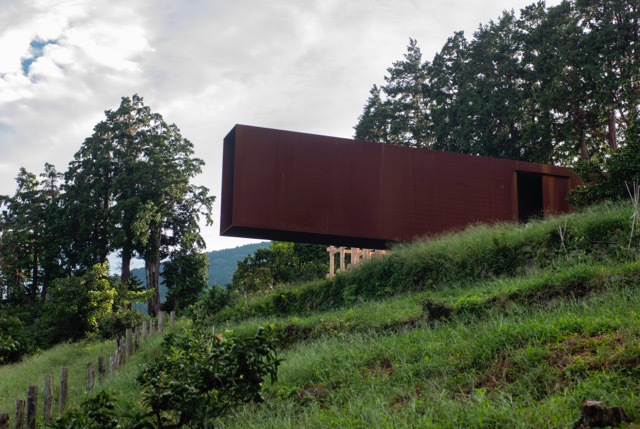 Above the 70-meter underground tunnel is oriented to make the sun visible only once a year during the winter solstice.
Above the 70-meter underground tunnel is oriented to make the sun visible only once a year during the winter solstice.
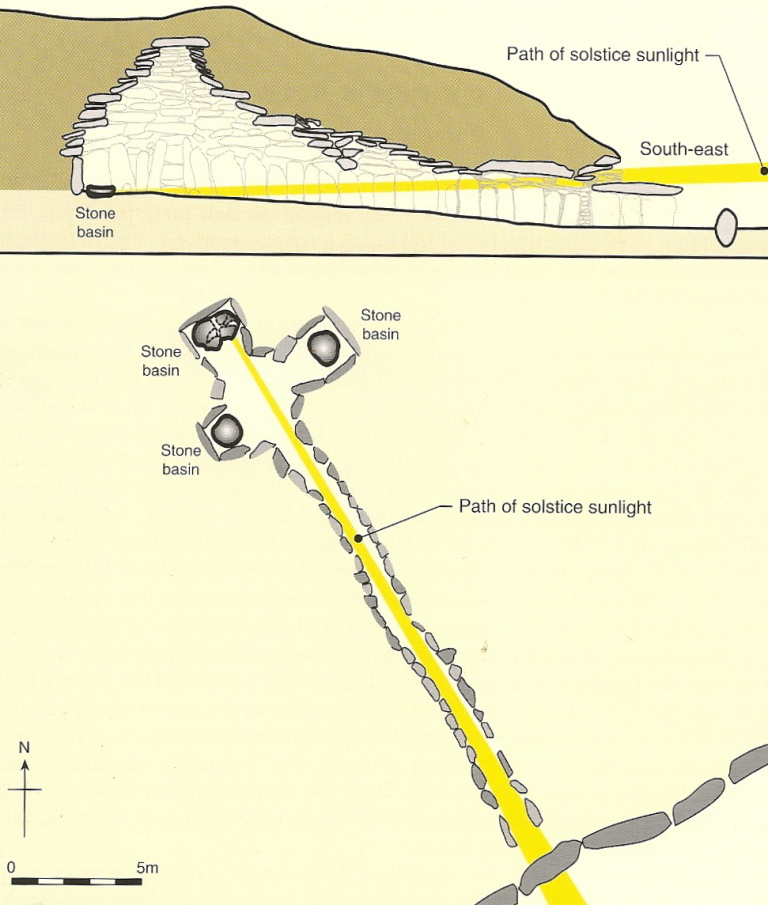
Sugimoto acknowledged his idea was not knew. Newgrange in County Meath Ireland is 5200 years old. Built by farmers, the passage and chamber are aligned with the rising sun at the Winter Solstice.

 The mound pictured above is 85 meters in diameter and 13.5meters high. Newgrange is surrounded by 97 large stones engraved with megalithic art – above is the entry stone. Sugimoto’s is obsessed with collecting stones. “… my target is probably 5,000 years form now. Maybe civilization is gone… and most likely, this building will remain as a ruin. I want my building to look best when it’s turned into a ruin, so let’s wait 5,000 years.”
The mound pictured above is 85 meters in diameter and 13.5meters high. Newgrange is surrounded by 97 large stones engraved with megalithic art – above is the entry stone. Sugimoto’s is obsessed with collecting stones. “… my target is probably 5,000 years form now. Maybe civilization is gone… and most likely, this building will remain as a ruin. I want my building to look best when it’s turned into a ruin, so let’s wait 5,000 years.”

Photo shows the stone tore gate and path leading to the tea house at the Enoura Observatory in Odawara, Kanazawa Prefecture, Japan on Sept. 12, 2017. The Enoura art complex was designed by artist Hiroshi Sugimoto, and among the artefacts in the grounds are some of Sugimotos collection of ancient Buddhist artefacts, stones and this Kyoto tea house. ROB GILHOOLY PHOTO
 Sugimoto has been collecting stones for years. “Young girls used to come to me, but now only stones.” –Sugimoto In many cases it was impossible to get a machine into the site to move the stones into place. Sugimoto used a wooden tripod to move the stone – 3 feet every 3 hours.
Sugimoto has been collecting stones for years. “Young girls used to come to me, but now only stones.” –Sugimoto In many cases it was impossible to get a machine into the site to move the stones into place. Sugimoto used a wooden tripod to move the stone – 3 feet every 3 hours.
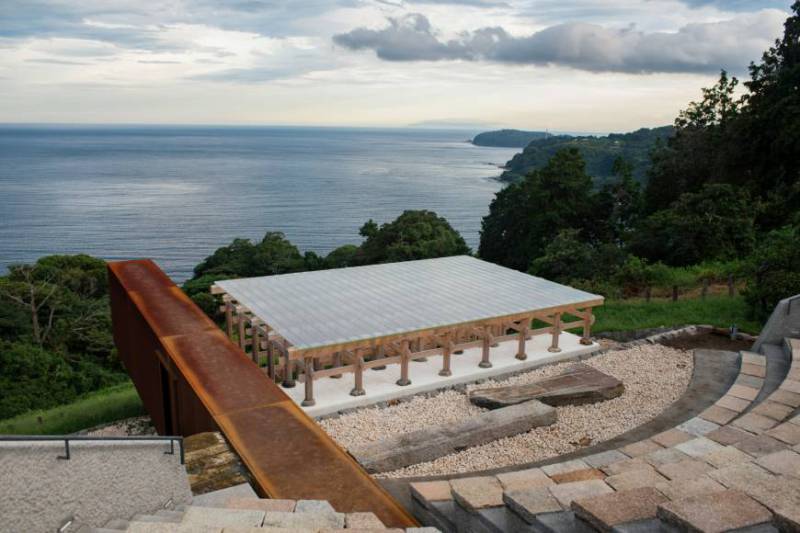 Besides a stone amphitheater, the complex features a stage made of glass, which is the same type of glass used in camera lenses.
Besides a stone amphitheater, the complex features a stage made of glass, which is the same type of glass used in camera lenses.
 Sugimoto made a point of saying that the garden pictured above his own aesthetic idea of a Zen garden. There is a Youtube video with Sugimoto explaining his ideas about the Odawara Foundation.
Sugimoto made a point of saying that the garden pictured above his own aesthetic idea of a Zen garden. There is a Youtube video with Sugimoto explaining his ideas about the Odawara Foundation.
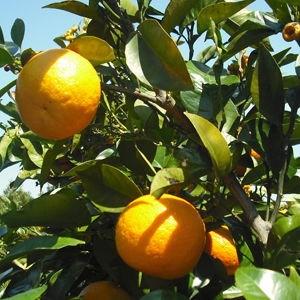 Sugimoto wanted to acquire more land, he was told he needed to be a farmer. The answer: “I formed a farming company called Vegetable and Man. Now I am a farmer. All the young people around here don’t want to be farmers. They have gone to Tokyo. The farmers on my land are 70-80 years of age.” – Sugimoto
Sugimoto wanted to acquire more land, he was told he needed to be a farmer. The answer: “I formed a farming company called Vegetable and Man. Now I am a farmer. All the young people around here don’t want to be farmers. They have gone to Tokyo. The farmers on my land are 70-80 years of age.” – Sugimoto
 “I have so many things to do, I don’t have time to die.” Sugimoto
“I have so many things to do, I don’t have time to die.” Sugimoto
Friday, October 20 — Sunday, January 7
About This BookHiroshi Sugimoto, one of Japan’s best-known photographers, turns his lens on Italy’s architectural masterworks to create a meditation on the potential of cultural exchange and the possibility of cultural fusion.
In an electrifying moment in 1585, four Japanese youths appeared before Pope Gregory XIII, summoned to his court from the nascent Christian community in Japan to present themselves at the capital of their faith. Legendary photographer Hiroshi Sugimoto follows in the boys’ footsteps, capturing the architectural wonders of Rome, Florence, and Venice as the Eastern visitors might have seen them on their grand tour. Sugimoto’s images present each chapel and theater as a marvel, imposing and dark. He contextualizes his photographs with Japanese works from the period and the decades that follow. These panels and objects attest to the impact of Western culture, specifically Jesuit Christianity, on Momoyama and Edo aesthetics as Japanese artists envisioned scenes of European life. – from Japan Society website.
